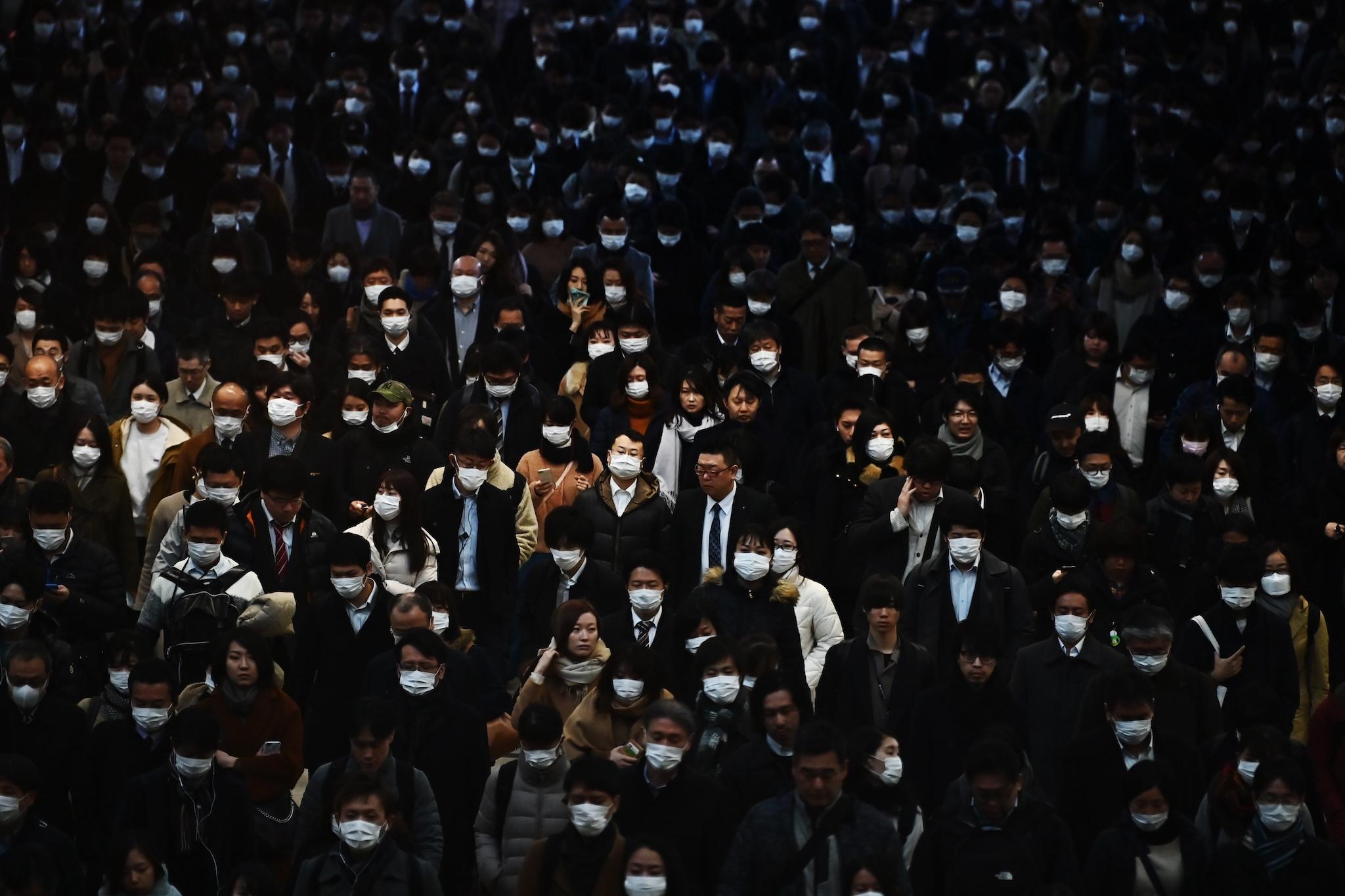A long lockdown would be terrible, and not just for our economy – we must get people back to work safely
For the moment, our primary concern with coronavirus must be to limit the spread of the virus and treat the infected. But we are also increasingly aware of the costs of global shutdowns – not just economic but also social, writes Hamish McRae


How do we get the world back to work safely? This is not the burning question. For the moment, our primary concern must be to limit the spread of the virus and treat the infected. But we are also increasingly aware of the costs of global shutdowns – not just economic, but also social.
We are beginning to have some vague feeling for the macroeconomic picture. Industries will be affected differently. Tourism has been savaged, with summer pretty much wiped out; some airlines have grounded their entire fleet. Food retailers and their supply chains have been disrupted, though demand will not have dipped much.
But in very broad terms, the shutdown seems to have cut economic activity by about one-third. If that carries on for, say, eight weeks, and recovers slowly over the following four months, it knocks out roughly 10 per cent of the year’s output. That is huge – worse even than the recession that followed the financial crash.
But to throw out numbers like that misses the human factor. Job losses in the US have already been enormous, with an estimated 46 million people laid off or working short time. A paper by the Brookings Institute think tank notes that the official figures, already dreadful, understate how hard the labour market is hit.
The more you dig into the numbers, the worse they look. The people who are most disadvantaged are the young and low-paid. The London-based Institute for Fiscal Studies is putting out a paper showing that in the UK, employees under the age of 25 were about two and a half times as likely as their older peers to work in a sector that is now shut down, low earners about seven times as likely as high earners to have worked in a shut-down sector.
So what’s to be done? In the short term, there is an inevitable conflict between the imperative to hold down the spread of the virus and the need to get people back to work. But in the medium term, the interests of healthcare and of the economy are aligned.
The leading German economic research group, the Ifo Institute in Munich, has come up with a series of recommendations on how to frame a path back to work. Its president, Clemens Fuest, makes this point: “Public health and a stable economy are by no means mutually exclusive. Just as positive economic development is not possible with an uncontrolled spread of the virus, the efficiency of our health system cannot be maintained without a functioning economy.” The institute’s core argument is that lockdown restrictions are not sustainable and carry great social costs. It argues for a gradual winding-down of current restrictions, giving priority to those “that incur high economic costs or lead to severe social and health burdens”. It continues: “Regions with low infection rates and available capacity in the healthcare system could … lead the way in a gradual new start. Sectors with a low risk of infection, such as highly automated factories, and areas with less vulnerable persons, such as schools and universities, should be the first to have restrictions lifted.”
This must make sense. But it is top-down. I think we also have to learn from the ground up, and there are two broad areas to look at.
One is what those further along in the progression of the virus have done; in Korea, in Iran, in Wuhan. There is no reason why we should not try to learn from different political regimes, whatever we might think of the way they have handled things so far.
We should also watch carefully how Sweden manages in the weeks ahead. It has been an outlier in not shutting down so much of its economy. Whatever the outcome of that experiment, we can learn from it.
The other area is what is happening closer to home. For example, the ways in which supermarkets have sustained social distancing carry lessons for retailers that have not been allowed yet to reopen. Garden centres may not be regarded as core economic activities but this is spring and the key season for people who want to plant their own vegetables. Surely that is an area where the balance of risks points to early action.
I was also intrigued by the ways in which manufacturers are adapting. Green Circuits, a Silicon Valley electronics firm, has split its workforce into three groups, including one that is on standby in case someone in one of the other two falls ill.
It is not the job of economics commentators to dictate how companies should organise themselves. What we can do, however, is note that the costs of a long shutdown are not just economic, but social. We have to get things moving and the faster we can safely do so, the less the damage coronavirus will do us all.
Join our commenting forum
Join thought-provoking conversations, follow other Independent readers and see their replies
Comments